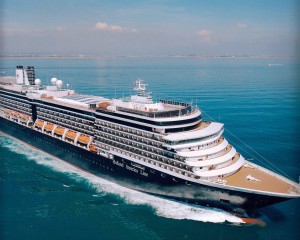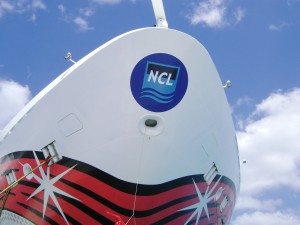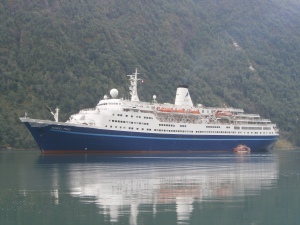By their very nature, international airports are intended to be rapid transit centres. Passengers leave and arrive in a constant, ongoing flow. The entire set up is designed to facilitate this two directional flow as fluidly as possible.
In general, the system works. But what happens when something goes horribly wrong? What happens when that whole, free flowing machine snarls up and shudders to a halt?
I had the dubious honour of discovering that the other week, when my overnight flight from Atlanta made landfall in an Amsterdam so smothered in thick fog that it was even hard to make out the wingtip of our plane as it crept along the runway.
Along with many others, my flight back to Newcastle had been cancelled. Faces already strained by the reality of a long haul, overnight flight now dropped visibly as a conga line of cancellations rolled down the departure screens. A long, low collective groan seemed to rise out of nowhere.
Inevitably, a long, long line of refugees began to snake towards the transfers desk. And each minute, it grew longer. We were clearly in for an extended wait.
Six and a half hours later, I finally made it to the front of the checking line. By now, Schipol was suffused in brilliant sunshine, but numerous backlogs had built up. I was not able to get a flight to Newcastle that day.
Instead, I managed to bag the last seat on a flight to Durham Tees Valley. I asked specifically if my baggage- which the staff confirmed had arrived in Amsterdam- would definitely be transferred to the Teeside flight. I was assured that it would be.
Needless to say it wasn’t, but that’s getting ahead of the curve.
How did Schipol deal with those vast, snaking lines on that November day?
Within an hour, airport staff were distributing bottled water, sandwiches and other snacks right along the lines. These were pretty constant, and kept on coming. Needless to say, they were very welcome.
Obviously, there was nowhere to sit during this process and, inevitably, six hours’ constant standing shredded the nerves of many to snapping point. But really, what else could the airport staff do? Nothing as far as I could see.
I’m not sure if any of the quintet of girls behind those recheck desks got so much as a tea break over those frantic, messy hours. They were shouted at and yelled at by people for a situation that they had done nothing to create. They endured tears, tantrums, downright threats and outright pleading. I cannot even begin to imagine the stress levels that they must have been under.
The point is that they did not want to be in this awful situation any more than we did. Yet they seemed to remain constantly polite and attentive to each hassled client, as successive tales of woe unwound.
It took them maybe ten minutes in the end to sort out my problem once I got to the desk. I was offered a food and drink voucher (Ten Euros) without having to ask for it and yes, I was dealt with politely and fairly. But then, I wasn’t ranting and screaming at anyone.
I finally got home some twelve hours late, minus my luggage. Despite the assurances at Amsterdam, I was half resigned to this being the case (or not the case, so to speak) in any event. As is customary, I left my home details at the airport for them to send the luggage on to me, fully expecting it to take at least a day or two,
Imagine my surprise, then, when my luggage was delivered to my front door within an hour of my finally getting home. A truly emotional reunion, and one totally unexpected. Kudos to KLM for turning it round so quickly.
Make no mistake, this was by no means a ‘fun’ experience. But no one can make weather and, for the most part, both Schipol and KLM did the best that they could in a situation that everyone must dread. They showed concern, compassion and care, as well as sporadic bouts of obvious confusion as news updates failed to filter quickly through from the bosses to the staff in the trenches.
That’s it, really.










